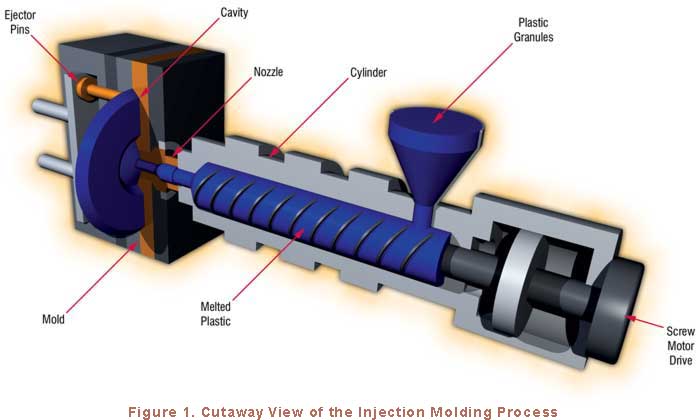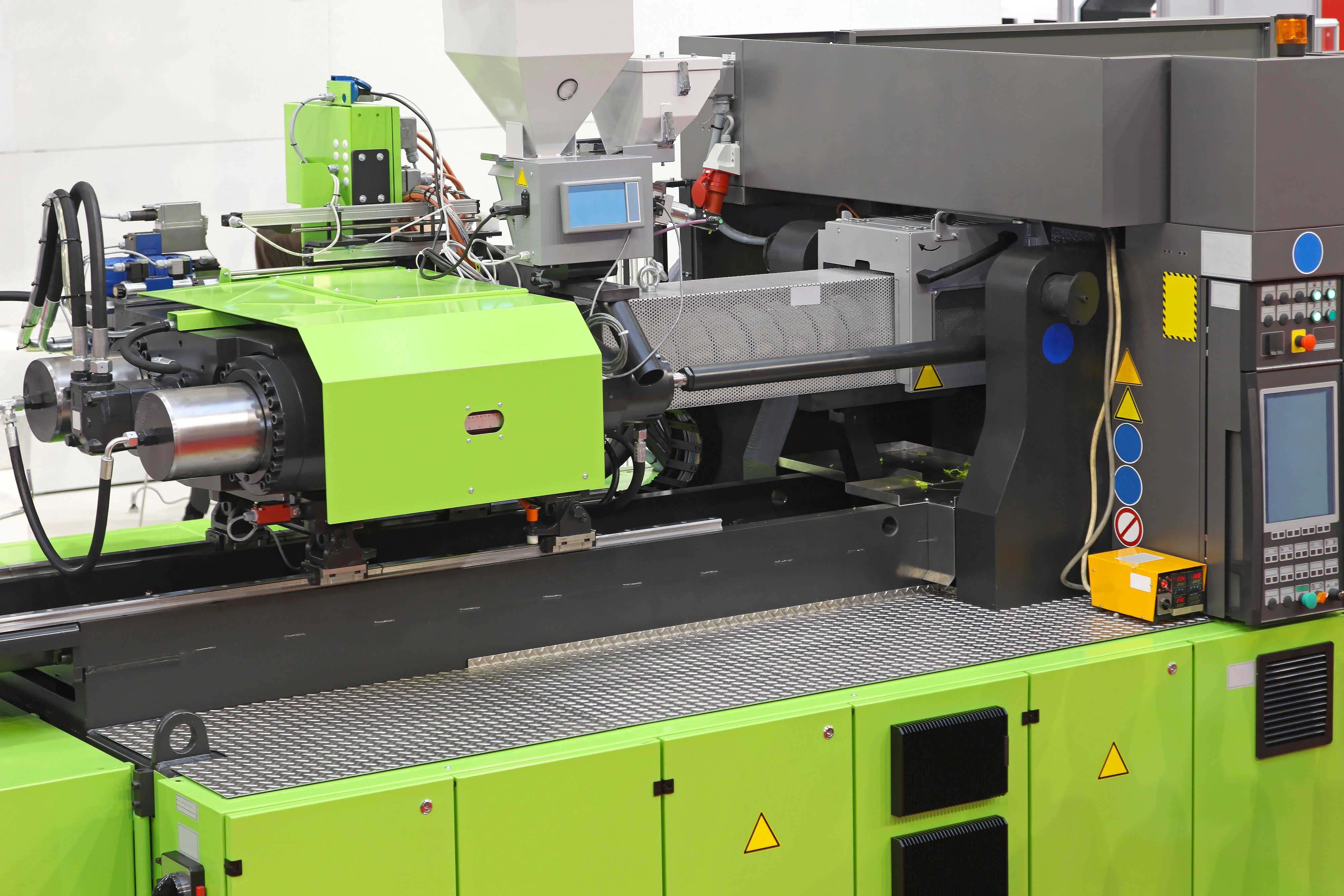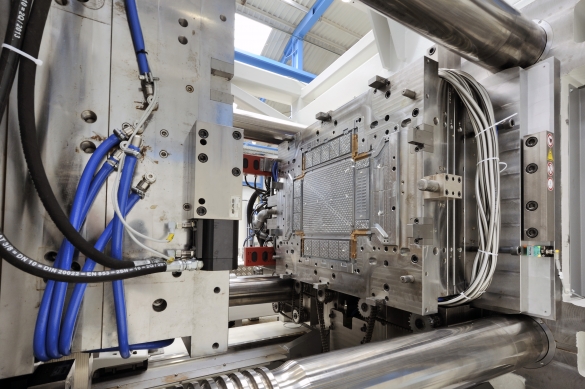Indicators on Lean Production You Need To Knows
Wiki Article
The Best Guide To Mfg
Table of ContentsThe 8-Second Trick For Additive ManufacturingAll about Hon Hai PrecisionThe 4-Minute Rule for MfgSome Known Factual Statements About Plastic Manufacturing 9 Simple Techniques For ManufacturingThe Facts About Hon Hai Precision Revealed
The message on this page is an example from our full White Paper 'Injection Moulding for Purchasers' - * Example text * - for full guide click the download switch over! Intro This guide is planned for individuals who are looking to resource plastic mouldings. It gives a much required understanding into all that is entailed with producing plastic parts, from the mould tool needed to the moulding process itself.If you intend to check out better, the overview covers sorts of mould tools, in addition to special ending up processes such as colours & plating. Words that are underscored can be located in the glossary in the appendix ... Part I: Moulding: The Essentials The Benefits of Shot Moulding Plastic shot moulding is an extremely specific process that provides numerous advantages over other plastic handling techniques.
Precision is excellent for really detailed parts. You can hold this moulding in the hand of your hand and it has employers, ribs, steel inserts, side cores as well as holes, made with a moving closed off feature in the mould device.
Die Casting for Beginners


from material feed & melting; product shot; cooling time and also ejection to the re-closing of the mould tool ready for the next cycle. Draft angles - The walls of a moulded part must be somewhat tapered in the direction in which the component is ejected from the mould tool, to allow the component to be expelled easily.
Ejector stroke - The pressing out of ejector pins to expel the moulded part from the mould tool. Ejector stroke rate, size as well as timing needs to be thoroughly controlled to stop damages to the ejectors and also mould tool, however at the very same time make the moulding cycle as short as possible.

How Lean Manufacturing can Save You Time, Stress, and Money.
Ribs - When a plastic component has slim walls, ribs are included to the design to make the thin wall surfaces stronger Side cores - Side activity which creates a feature on a moulded part, at an opposing angle to the normal opening instructions of the mould tool. additive manufacturing. The side core requires to be able to withdraw as the plastic component can not be expelled otherwise.
Wall surfaces - The sides of a moulded part The message on this web page is an example from our complete White Paper 'Shot Moulding for Buyers'.
Manufacturing procedure for generating components by injecting liquified material right into a mould, or mold Simplified representation of the process Injection moulding (U.S. spelling: injection molding) is a production process for generating parts by infusing molten product right into a mould, or mold and mildew. Shot moulding can be performed with a host of products mostly consisting of steels (for which the process is called die-casting), glasses, elastomers, confections, and also a lot of typically polycarbonate as well as thermosetting polymers. Injection moulding is extensively used for producing a range of components, from the tiniest components to whole body panels of cars and trucks. Injection moulding uses a special-purpose machine that has 3 parts: the injection system, the find this mould and also the clamp.
The Buzz on Additive Manufacturing
, with the quantity utilized of the previous being considerably higher.: 13 Thermoplastics are common due to features that make them highly appropriate for shot moulding, such as ease of recycling, adaptability for a broad variety of applications,: 89 and also capacity to soften and stream on home heating.In numerous tooth cavity moulds, each tooth cavity can be similar as well as create the same components or can be unique as well as create multiple different geometries throughout a solitary cycle. Moulds are generally made from device steels, but stainless-steels and aluminium moulds appropriate for sure applications. Aluminium moulds are typically improper for high volume manufacturing or get rid of narrow dimensional tolerances, as they have inferior mechanical residential properties and also are much more prone to wear, damages, as well as contortion during the injection and also clamping cycles; however, aluminium moulds are economical in low-volume applications, as mould manufacture costs and also time are considerably reduced.
When enough product has collected, the product is forced at high pressure as well as speed right into the component creating cavity. The precise amount of shrinking is a function of the resin being used, and also can be fairly predictable. To protect against spikes in pressure, the procedure typically makes use of a transfer setting representing a 9598% full cavity where the screw shifts from a continuous rate to a continuous pressure control.
Not known Facts About Plastic Manufacturing
As soon as the screw reaches the transfer placement the packaging stress is applied, which finishes mould filling as well as compensates for thermal shrinking, which is rather high for thermoplastics about several other materials. The packaging pressure is applied until the entrance (dental caries entryway) solidifies. Due to its hop over to here little dimension, eviction is generally the top place to strengthen via its whole thickness.: 16 Once the entrance solidifies, say goodbye to product can enter the dental caries; as necessary, the screw reciprocates as well as acquires product for the following cycle while the material within the mould cools to ensure that it can be ejected and original site also be dimensionally steady.Report this wiki page